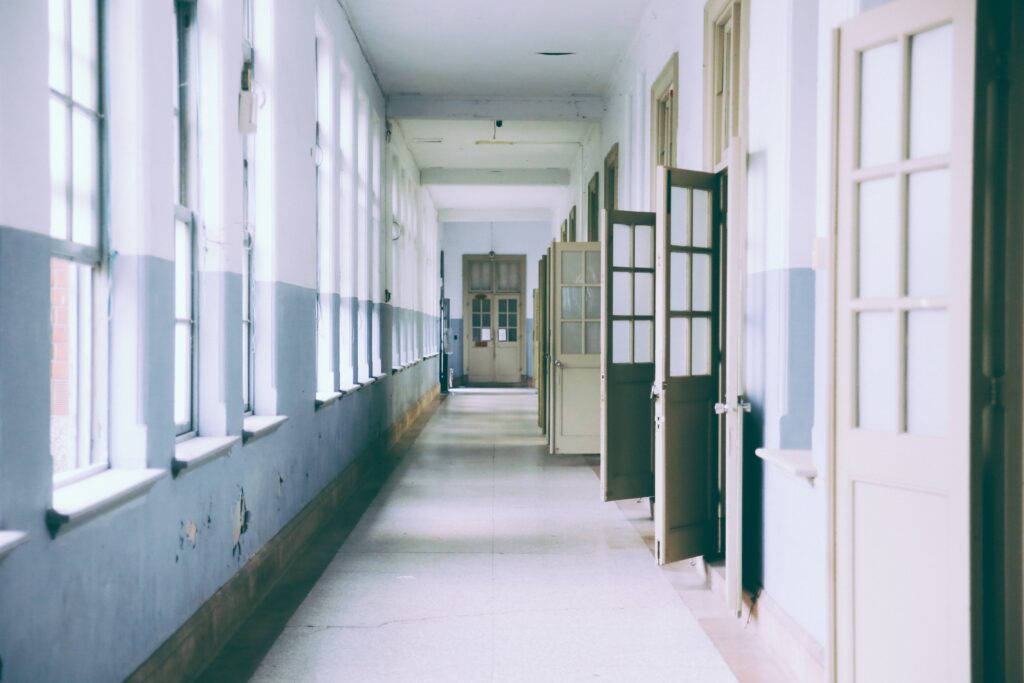Southern Public High School Education Preserves White Supremacy

I wanted to be Black and gifted, not gifted and isolated. But my school did not offer the opportunity to embrace both my Blackness and my genius at the same time.

I wanted to be Black and gifted, not gifted and isolated. But my school did not offer the opportunity to embrace both my Blackness and my genius at the same time.